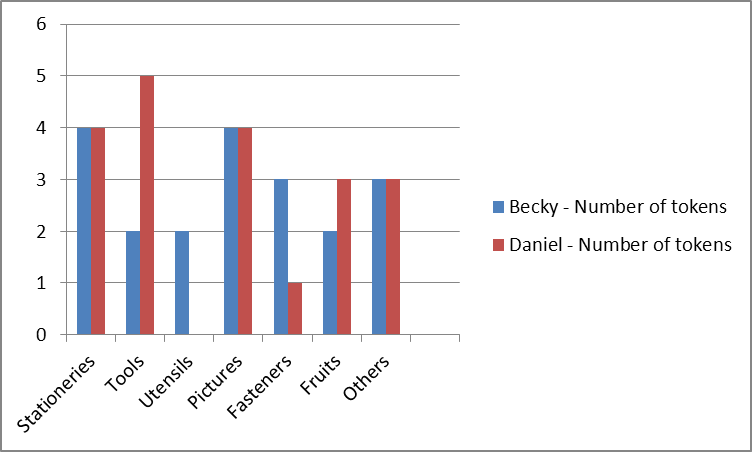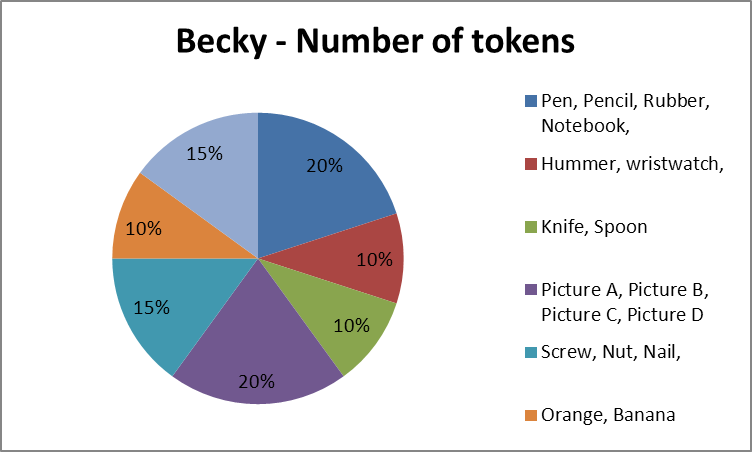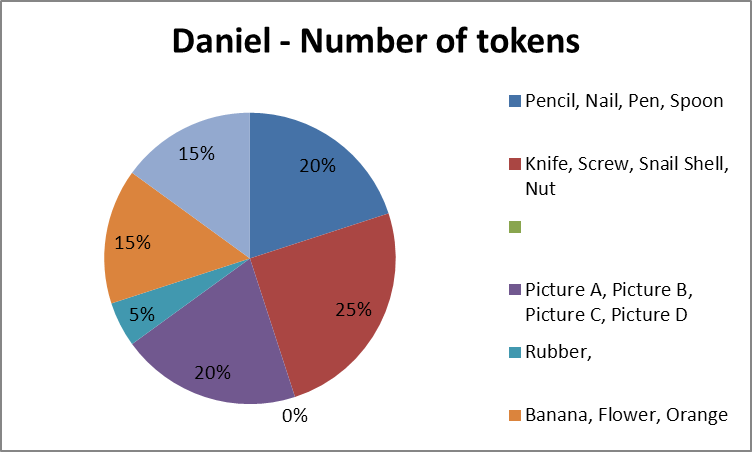Introduction
The process based upon actions and later progresses into changes in mental operations is what has been defined as cognitive development. These processes can be crystallized into four stages as described in jean Piaget’s theory. There is a sharp difference when ones perception, language, remembering and solving problems are being developed especially when children try to understand and respond to physical experiences. There is no clear level as to when one move from one stage to the other, but previous studies by Jean Piaget between 1896 and 1980 indicate that various forces play in the forming stage. He clearly outlined the levels which virtually are admissible.
According to the Seattle Longitudinal Study conducted by Schaie in 1996, there are detailed insights into the developmental trajectories of several intellectual functions across middle age (Martin and Zimprich, 2005). This can largely be attributed to the fact that conceptualization of thoughts, observation of events and concentration of experiments are reflective in experiential learning. The teaching skills adopted by trainer are ultimately the key towards the developmental process of children. Among the instruments believed to uphold the cognitive process are videos games and experiments which have been introduced in curriculum for elementary schools.
Cognitive development can be monitored from as early as a two week old child. The process by which this can be traced is by carefully examining the behavior and trends of the young one and ensuring that this is record. For most cases, the brain development is mainly formed through observation and quest to experiment things on your own. Children under the age of two years are said to be more vigilant and have a high sensory touch towards things that surround them. This is mainly done through scrolling and practice of speaking. However for the case of participant used for the study, there exists a huge difference since they are at a different stage of development.
The study was set to examine the practical steps in the Piaget’s theory among different age groups. Cultural diversity and social complexity in formal and informal education system has largely attributed the building of cognitive development in solving or addressing problems. The study examines the aspects of change of different age group to reveal the reasons affecting their development process through a self driven approach.
Method
The study examines the practical steps in the Piaget’s theory among different age groups. The study took a stratified random sampling method where two neighboring schools were selected out of four. Approximation of distances and school category were the dependent variables while the category of the school was an independent variable. Two students, Daniel and Becky were selected for the study. Daniel is a male pupil at an elementary school and is eight years of age while Becky is a third year female student at a tertiary college and she is twenty one years of age.
For this study, a score card, twenty tokens and a round table were used to conduct the exercise. The scorecard was used to record the outcomes of the groupings of the tokens. Twenty tokens used for the study were: wristwatch, knife, baseball, pen, pencil, rubber, notebook, orange, banana, nut, screw, spoon, hummer, nail, snail shell, flower and four different pictures.
After a detailed explanation of the intended study, I got the consent of both Daniel and Becky. Daniels mother was available although she did not participate in the study. All the tokens were placed on the table and I requested both Daniel and Becky to group the tokens in to groups. I requested them to put similar ones (ones that are the same) into the same group and they could have as many different groups as they wanted. I was recording the groups.
After different groupings were recorded and no farther outcomes were noted, the data was entered in MS excel for analysis.
Results
Table 1 show the distribution of the tokens in particular groups and the total number of the token for each respondent.
The table helps us to know at what stage or level does each participant is in development. This can be seen clearly from the different sets of group that the tokens used for the study are grouped. This is largely depicted by the fact that children below ten years have no clear difference on specific items and their use. The factors that are key in the groupings can be stationeries, while the participants views them as either large tools and has no idea of specific use of the equipments. The pictures have been clustered in to one group by both participants and this is a clear indication that brain development is mainly through observation.
Discussion
The results of the study reveal seven groups of the tokens that were available for the study. This include: stationeries, tools, fruits, pictures, utensils, fasteners and others. The seven groups studied gave a varying frequency on the number of items that were queued in each group as shown in the pie chat below.

The table above helps us conclude that the two respondents are at different level of cognitive development. It is clear that Becky has entered an adulthood stage that is characterized by stable or ideal reasoning. This attests to her speed in arranging the tokens with ease and according to the way a fully grown adult would categorize the token. Daniel has problems in arranging the tokens and this is evident from how he sorts them in various groups.
One, the time Daniel spends in sorting the tokens is slow and the confusion is evident. While Daniel’s classification is entirely based on the shape and size of the token, it is very different from Becky’s arrangement. Daniel groups most of the tokens as stationeries and this is largely attributed to their needle straight-like shape.
To understand better understand the reasoning ability of each respondents, we examine how they came up with grouping. Daniel for example, largely views things in terms of size and the shape. This explains how his skills are being developed through seeing and practice. Although he classifies the pictures in to on group, there is a big contrast on the grouping of fruits and other.
The limitation for this study was that the number of different equipment’s used for the study. For a case that would deeply address the vast gaps in cognitive development, it would be ideal to monitor the behavior and thought through practice over a longer period of time. This will eliminate the biasness of on sight evaluation which might be influenced by environmental aspects. The best approach would therefore mean an over time assessment that will monitor the change behavior of Daniel. By so doing, you will be able to carefully know when he moves from one stage to the other.
For a sub-sequential kind of study, I would involve a bigger number of respondents and compare what the pack things of the same equipment’s/ items at that given time. Then repeat the same for a different age group and compare their developmental ability.
The pie chart show how the tokens were grouped and how they compare with the overall percentage.


Although the percentages for various group clusters might be the same, the tokens might not be the same indicating different stage of development.
This study can be used for to understand difference in reasoning and observational skills of different age groups. In particular, Becky’s case forms a good example of a fully developed mind in action and thoughts. Daniel on the other hand is in the conceptualization phase of development where he is trying to classify thing according to various standard measures.
However, we can conclude from the study that there are huge differences in thoughts, actions and ideas of different age groups as of the case of Daniel and Becky. Examination of difference in age group in terms of reasoning and understanding can help us know at which stage one is in and despite environmental conditions the speed at which one develops through physiological processes.
Many factors have been given on the process of development by researchers and there is no clear line as to how one move from one stage to the other. Although most of the stages have physical symptoms of development, ladies have been said to be fast growing and maturing since their brain development is very different. Another case which might ultimately give reliable data is taking participants of different sex but of the same years. This will give good results because the reasoning of the same age group with different gender can give amazing results.
References
Martin, M. and Zimprich D. (2005). Cognitive Development in Midlife. Thousand Oaks, CA: Sage. University of Notre Dame Press.
Schaie, K. W. (1996). Intellectual development in adulthood—The Seattle Longitudinal Study. Cambridge, UK: Cambridge University Press.